
It is a truth universally acknowledged that a Jane Austen fan, when asked to pick the best Pride & Prejudice, will choose either the 1995 BBC miniseries or Joe Wright’s 2005 film. Make no mistake, they must choose. No one is permitted to sit on the fence in this battle, the passive-aggressive cousin to the Edward-vs-Jacob fight of the late noughties. The arsenal of each side is pretty well stocked: one claims historical accuracy, the other beautiful cinematography. For every Matthew MacFadyen hand flex, there is a Colin Firth emerging from a lake. Perhaps the winner can be decided based on who is the better, more faithful Elizabeth ‘Lizzie’ Bennet – Jennifer Ehle or Keira Knightley? But while these two heavyweights battle it out, neither has realised that someone else has already taken the crown: all hail the true Lizzie, Bride & Prejudice’s Aishwarya Rai.
Many have thought Lizzie’s wit to be her defining feature, but that is not an attribute unique to her. Charlotte Lucas, all the male characters excluding Mr Collins, and even Lizzie’s younger sister Lydia display some level of wit. Instead, the two things that define Austen’s most famous heroine are a love for her sisters (particularly Jane) and an innate need to always be outdoors. Throughout the book, Lizzie walks miles, running up and down country hills – any and all problems are tackled whilst she is unconfined by four walls. Case in point: upon hearing Mr Darcy may have scuppered Jane’s chances of a proposal, she rushes out of a warm church and into the pouring rain. Who would do that unless they needed air and space to fully digest their thoughts?
Let’s not forget that she has this reaction because of her deep love for Jane. Lizzie Bennet, or Lalita Bakshi as she’s called in Bride & Prejudice, adores her sisters. This not only defines her but the story. In September 1813, Austen wrote to her sister that she went to a gallery and spent the whole visit searching for a painting that could be Lizzie and another that could be Jane – crucially, she wasn’t searching for Darcy. To Austen, Lizzie was first and foremost a sister, as evident by the fact that she could never accept the proposal of a man who so destroyed the happiness of Jane.
Twenty years ago, Gurinder Chadha tackled this classic, complicated story via a Bollywood-British fusion. The film was released to a mixed response. Peter Bradshaw gave it two stars and wrote in The Guardian that it was a “low-octane and glassy-eyed Bollywood romp”, while Rolling Stone’s review not only said they liked it but implied Austen herself would have too. Critics were less divided on Rai – they all heaped on praise… for her beauty. Compliments ranged from adoring prose on her flawless face to something a bit more simple: Peter Travers wrote that she was a “world-class hottie”. Though accurate (Rai was crowned Miss World in 1994), the true beauty of this Lizzie was not her face but how her personality perfectly encapsulated who Austen intended her “most delightful creature” to be.

The ‘outdoors’ in Bride & Prejudice is Amritsar, India, and it is clear to anyone watching the film that if there is one thing Rai has pride in, it’s her country. She sparkles in any scene that dives into Bollywood tropes, such as the various dance numbers. When she and two friends sing about how Amritsar has come alive at the prospect of a wedding, Rai too comes alive as she sings along the streets of the city. Her smile is brighter, her energy heightens and the result is a joyful performance more convincing than any moment where her happiness is due to Darcy. Most adaptations (yes, even Hallmark’s Pride And Prejudice And Mistletoe) take Lizzie’s outdoorsy wildness as a tool to pit her against Caroline Bingley. It exists only to say ‘Hey Darcy, I’m not like those other girls’. But in Bride & Prejudice, whenever Rai is outside and immersed in Indian culture, she brings such a full-bodied and committed performance with her that you can’t help but think there is nowhere else she would rather be.
The only other scenes where Rai is as energetic are where the Bakshi sisters are laughing together. It’s hardly a wonder that the most memorable moment of the film is a dance number called ‘No Life Without Wife’. As Lalita and her sisters dance around the screen poking fun at the lacklustre Mr Koli (aka Mr Collins), Rai is clearly having the time of her life. It’s impossible not to laugh with her and even the most song-averse watcher would hum along. As she and her on-screen sisters jump around, the lines come easily and feel organic. Rai puts her all into that performance in a way she doesn’t with any other characters; compare that to scenes where she ‘laughs’ with Darcy and it feels like we’re watching two different actresses.
All in all, Rai’s love of Bollywood and the effort she and Gurinder Chadha put into scenes between the sisters create a Lizzie who is less concerned with Darcy and more concerned with her family. Like Jane Austen, wandering around that gallery, Rai is looking for a Lizzie who stands up for her family and her people, rather than a romantic heroine.
Does this mean Bride & Prejudice stands a chance at being crowned the best adaptation of the novel? No, but it has to be commended for achieving something that the others couldn’t. Lizzie is one of the most loved literary heroines in Britain and it’s nigh on impossible for a film to provide a version that is anything less than a joy to watch, but she is almost always somewhat lacking. She’s too interested in romance, too concerned with Caroline Bingley or too bookish to truly encapsulate the wild, wilful heroine of the source material. But in Brude & Prejudice, despite the change in setting, time period, and name, we find our more authentic Elizabeth Bennet in Lalita Bakshi. Rai’s Lizzie is far more than a “world-class hottie” – she is exactly who Austen meant her to be.
Published 15 Oct 2024
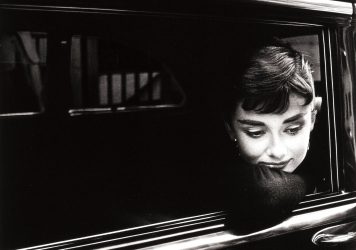
Her playful, emotionally nuanced turn is the beating heart of Billy Wilder’s classic romantic comedy.
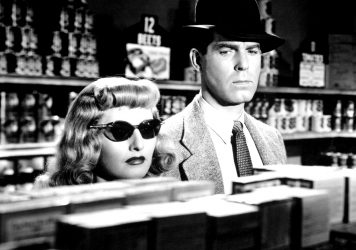
By Adam Scovell
The silver screen icon subverted her heroine image to deliver one of Hollywood’s most memorable villains.
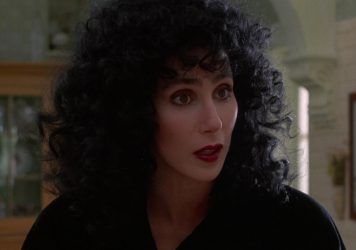
Down to Earth yet heavenly, she’s simply radiant in Norman Jewison’s eccentric romantic comedy.

Her Oscar-nominated supporting turn is a glimmer of light in an otherwise devastating film.
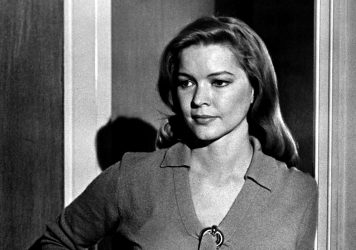
She inhabits the role of the frustrated housewife in Peter Bogdanovich’s 1971 drama with apparent effortlessness.
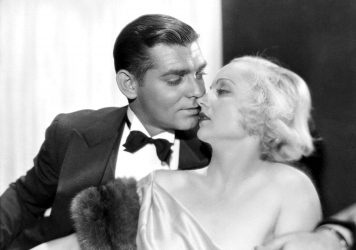
Alongside her future partner, Clark Gable, this 1932 romantic comedy established Lombard as a bona fide movie star.